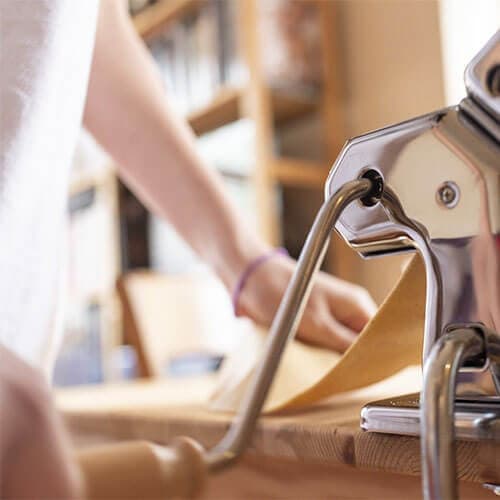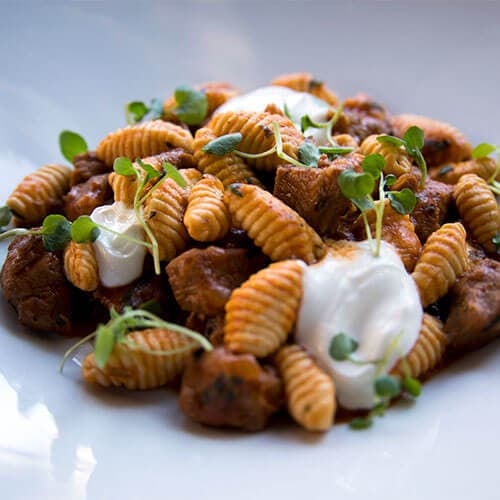
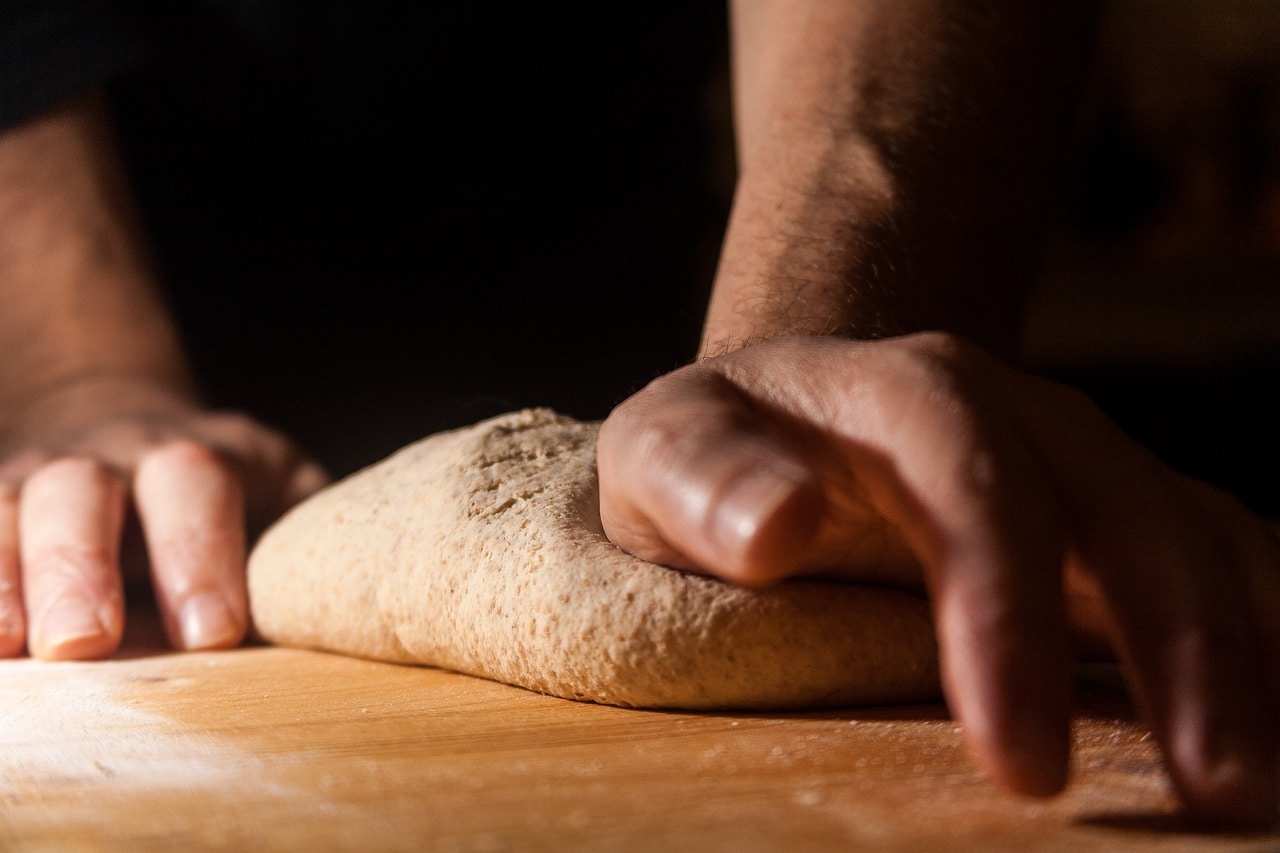
Balkan Cooking Classes
In the world of culinary arts, there are certain individuals whose passion for cooking is extraordinary. They are the ones who not only create delectable dishes but also strive to preserve and share the cultural heritage with each bite. Among these culinary ambassadors, Chef Zivko stands tall, dedicated to unraveling the mysteries and delights of Balkan cuisine through his Balkan cooking classes.
Procedure
- Introduction
- Knife skills
- Cut Onion
- Cut Peppers
- Cut leeks
- Cut garlic
- Cut mushrooms
- Make goulash
- Make stew
- Make pasta dough
- Make filling for pie
- Roll mushroom pie
- Cut pasta
- Make cookies
- Goulash pate
- Serve food
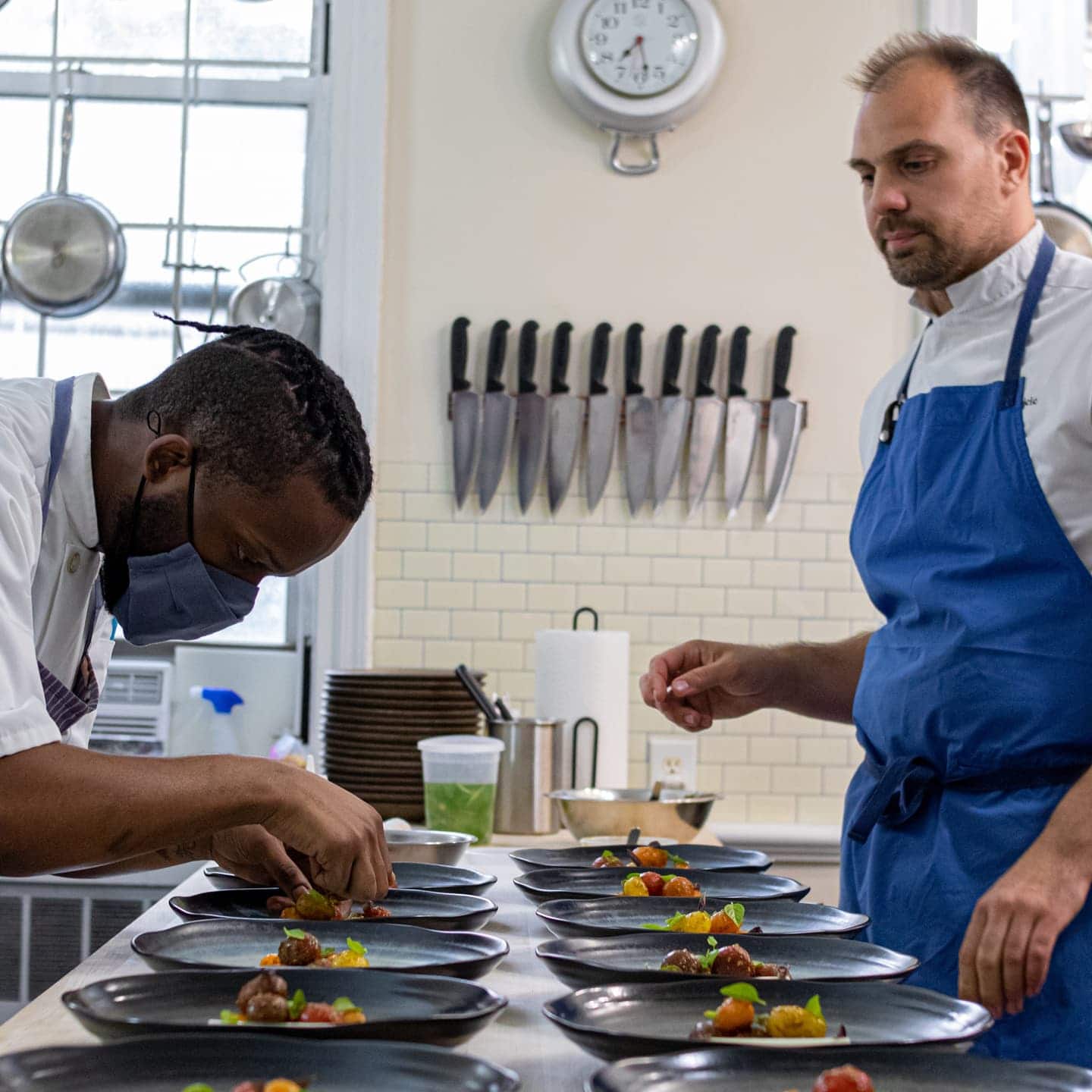
Experiencing Balkan Cooking classes with Zivko
In Chef Zivko’s kitchen, mistakes are not frowned upon but celebrated as valuable learning experiences. In his Balkan cooking classes, he encourages his students to embrace experimentation, trust their instincts, and revel in the joy of creating something from scratch. For Chef Zivko, cooking is not just about following recipes; it’s about embracing creativity and embracing the imperfections that make each dish unique.
We can start with learning the Chef’s favorite dish from his authentic family recipe!
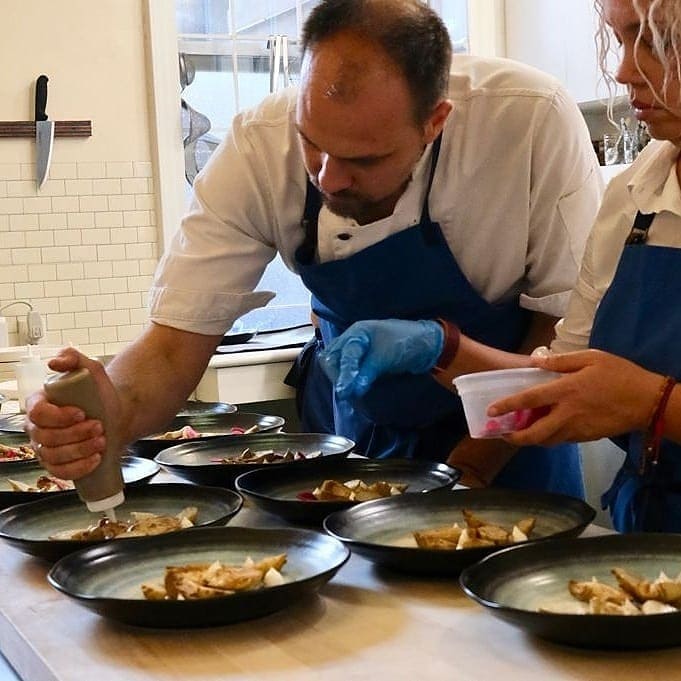
Starter – Mushroom pie
Salad – Roasted onions, peppers, and tomato stew
Main Course – Goulash with handmade pasta
Dessert – Walnut cookies
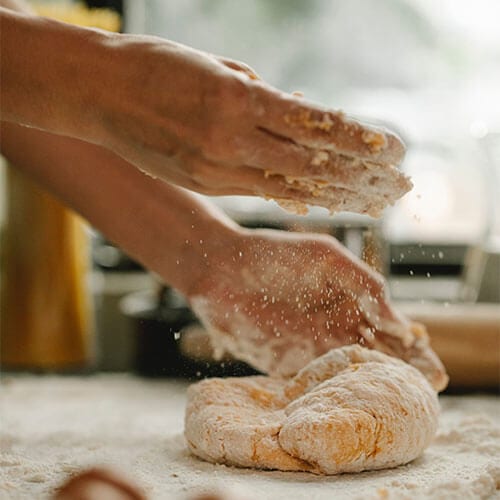
Dishes specific to the Balkan region
The Balkan Peninsula is a region rich in culinary diversity, with each country boasting its unique flavors and specialties. Here are more Balkan dishes you can learn from Zivko in his Balkan cooking classes:
Ćevapi: These are small, grilled minced meat sausages, typically made from a mixture of beef and pork, seasoned with garlic, salt, and pepper. Usually served with flatbread (somun or lepinja), chopped onions, mustard, and chopped cabbage, ćevapi are a beloved street food across the Balkans, especially in Bosnia and Herzegovina, Serbia, and Croatia.
Sarma: This dish consists of cabbage leaves stuffed with a savory mixture of minced meat (usually a combination of beef and pork), rice, onions, and spices, often including paprika and garlic. The stuffed cabbage rolls are then simmered in a flavorful tomato sauce until tender. Sarma is a staple of Balkan cuisine, enjoyed in various forms throughout the region.
Musaka: A hearty and comforting dish, musaka is a Balkan version of moussaka. It typically features layers of thinly sliced potatoes, eggplant, and ground meat (often lamb or beef), all topped with a creamy béchamel sauce and baked until golden and bubbly. Musaka is a beloved dish in countries like Serbia, Bulgaria, and North Macedonia.

Pita/Burek: Burek is a flaky pastry made from thin layers of dough filled with various savory fillings such as minced meat, cheese, spinach, or potatoes. It’s typically rolled into a spiral or layered in a baking dish and baked until golden brown. Burek is enjoyed throughout the Balkans, often as a breakfast or snack accompanied by yogurt or sour milk.
Ajvar: A popular condiment originating from the Balkans, ajvar is made from roasted red peppers, eggplant, garlic, and olive oil, blended into a smooth and flavorful spread. It can vary in spiciness, depending on the type of peppers used, and is often enjoyed as a dip, spread on bread, or served alongside grilled meats.
Baklava: While baklava is found in various forms across the Middle East and Mediterranean, it’s also a beloved dessert in the Balkans. This sweet pastry consists of layers of thin phyllo dough, filled with chopped nuts (often walnuts or pistachios) and sweetened with syrup or honey. Baklava is cherished for its rich, indulgent flavors and delicate, flaky texture.
These are some of the authentic dishes you can learn in Balkan cooking classes. Enjoy in delightful Balkan food!
Need our help?
Need help with designing and organizing your next event? Just fill in the form below and we will reply shortly.
Please note, that if you want to get the most accurate information from us, provide in your request the number of attendees, if there are any dietary restrictions, the approximate budget per person for food, location, style of event (3-course family style meal, plated style 3,4, 5 – course meal, chef’s tasting menu, passed hours d’oeuvres)



